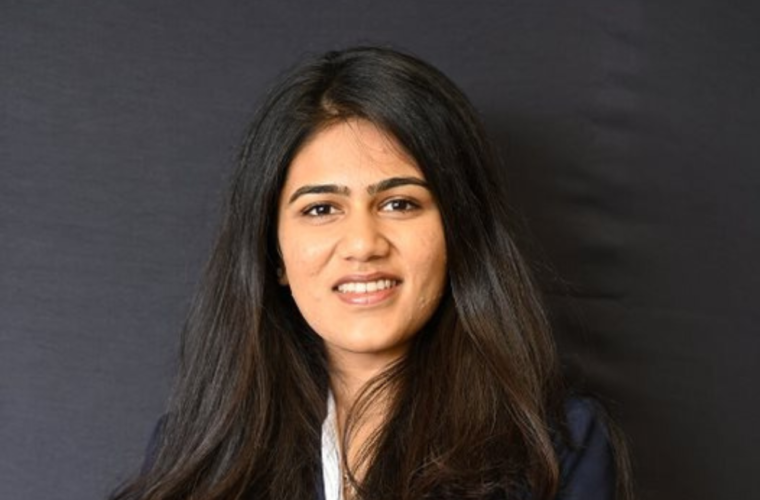Importance of urban design in evolving cities
Text: Des. Rohit Suraj, Principal Designer, Urban Zen, Hyderabad
According to the World Health Organisation (WHO), approximately 3.4 billion people around the world live in rural areas. By the next decade, the number may come down to 1.5 billion people. As a large population moves to the urban areas or develop their neighbourhoods, urban designers must re-evaluate their scope along with their responsibilities. All of us accept the contrasting variations in city planning and its impact on our lifestyle, and it is unfair to declare that only new cities have the scope for improved planning and designing.
Regardless of its age or the number of times that it’s been rebuilt, a city can be rehabilitated. The problem arises when the population doesn’t have a place to go, receive no benefits or positively contribute to society. Urban designing aims to solve these issues, while subconsciously transforming people’s habits and activities. Urban branding comes from good urban design, which boosts the economy in a developed city. Apart from attracting immigrants to the city, it maintains economic growth and development for a higher quality of life.
However, it is equally time-consuming, expensive and requires immediate action. It takes time to get approvals on the design itself over constructing the same. On the other hand, some designs are quickly passed but are trapped within a long execution process.
Urban acupuncture is a lesser-known concept, which involves designing a space with minimal approval processes, is performed immediately and consumes fewer resources. It rejuvenates neglected parts of the town due to precise control over the functionality in the small given space. It changes the perspective towards the said area but with a purpose. Urban acupuncture depends upon the locality and users, which must be reflected on an urban scale. Simply constructing a small-scale park in a backward part of the city brings a positive outcome, as architects and designers use negative spaces in the neighourhood.
Urban design is in process the moment a neighbourhood is born, and we must imbibe thoughtfulness into each lane, settlement and recreational area as it grows. Apart from designing for the future, cities must reflect the culture that lives in its architecture.









